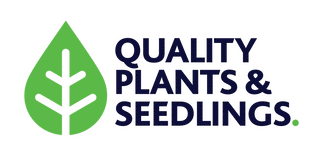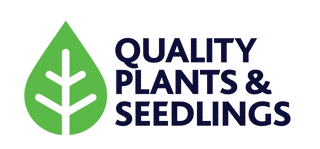Maintaining a clean and hygienic growing environment is imperative for the success of your crops. Before starting a new harvest, it's crucial to thoroughly clean and sanitise the growing system, removing any residual debris or contaminants. Then, rinse the system with fresh water to eliminate any cleaning or disinfectant products used during the cleaning process.
The water you use for your crops plays a vital role in their growth and development, so it's essential to check the water's electrical conductivity (EC) and make sure it's below 0.2 EC. The water should also be clear and free of visible particles. If the water source doesn't meet these standards, you may need to use a reverse osmosis system or filter to purify it.
The growing environment is another critical aspect for crop health. Ideally, temperatures should range between 15-25°C, although if temperatures regularly exceed 25°C, it's necessary to regulate temperature and humidity levels using air conditioning and dehumidifiers. Additionally, maintaining the CO2 concentration between 1200ppm and 1500ppm is essential.
Plants require adequate light to grow properly, so it's important to provide indoor plants with enough light or choose an outdoor location that receives ample sunlight for outdoor plants. LED lights are preferred by experienced growers as they are energy-efficient and keep the growing environment cooler. Other types of lights, such as High Pressure Sodium and Metal Halide, may be more affordable, but they don't last as long and need to be replaced more frequently.
Maintaining the correct EC and pH levels is vital for your plants to absorb the necessary nutrients. The EC levels should be kept low initially and adjusted as the crop matures, while the pH levels should be kept between 5.5 and 6.5 for optimal nutrient availability. Regular monitoring of the EC and pH levels is especially crucial in non-recirculating systems to prevent the buildup of nutrients and ensure root health.
Caring for your plant roots is also crucial for their overall health and nutrient absorption. Using root activator and root conditioner products and monitoring root health, especially if temperatures frequently exceed 25°C, can help prevent root problems. It's also necessary to avoid over- or under-watering to prevent root damage.
Finally, proactively controlling insects and fungi is key to avoiding crop damage. Routinely using a combination of insecticides and fungicides with different active ingredients can prevent pests and diseases from becoming a problem. Consult a local rural or hydroponic store for recommendations on the best products for your growing conditions and preferences.
$50 Minimum orders
🛒 Orders must total a minimum of $50, excluding postage for any deliveries 🚚
Express Delivery for all seedlings.
Express Delivery of all Seedlings to SA, VIC, NSW & QLD. Click & Collect Available! Express Dispatch Mon-Wed. (All other orders will be dispatched the following Monday.)
📦Dispatched Mon–Wed before 12pm. ⚠️Orders after that go out the following Mon to avoid weekend delays.⚠️
- Seedlings
- ON SALE!
- View Full Seedling Range
- Lettuce
- Brassica
- Asian Greens
- Fruiting Vegetable
- Herb
- Chilies
- Edible Flower Seedlings
- Gift Vouchers
- Fruit Seedlings
- Limited Run
- Pet Salads
- Hydroponic Friendly
- Foodcube Seedlings
- Mega Box (400)
- Seedlings by Region
- Plant Spacing Calculator
- Seed
- View Range
- Insectary Seed
- Certified Organic Seed
- Hybrid F1 Seed
- Ornamental Seed
- Sowing Guide
- Seed Spacing Calculator
- Products & Services
- Mushrooms
- View Range
- QPS Merchandise
- Hire & Maintenance
- Certified Organic Products
- Books
- Foodcube
- Propagation Media
- Grow Media
- Crop Stress
- Indoor Plant Care
- Insecticide
- Merch
- Slow Release Fertiliser
- Liquid Fertiliser
- Soil
- Soil Health
- Tools
- Plant Pots
- Garden Ornaments
We've sent you an email with a link to update your password.
Login
Reset your password
We will send you an email to reset your password.
Fast shipping
We offer express postage straight to your door, servicing SA, VIC, NSW, and QLD. Click & Collect is also available—please note, no walk-ins allowed.
Locally Grown & Hardened-off
Our seedlings ensure seamless transplanting with minimal crop stress for optimal growth and yield.
Highly-rated
Our Australian customers trust us for seedlings that deliver high yields and strong root growth, proven by their loyalty and repeat purchases.
Secure payments
We are PCI compliant by default so you can keep payment info and business data safe.

🌱 In the Garden with Christie Cooper – Aussie Green Thumb Reporter


